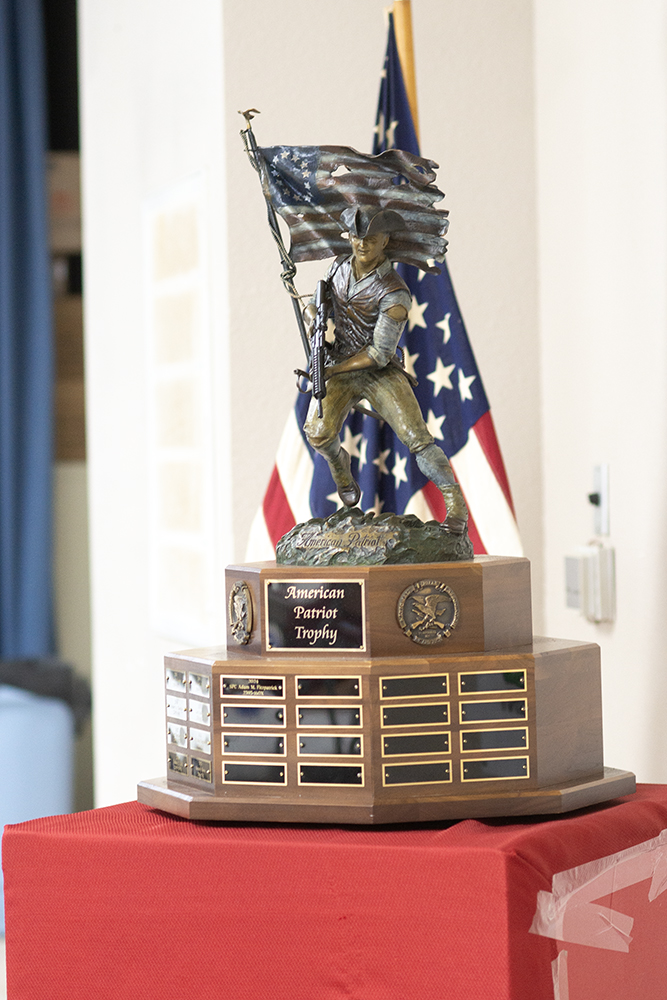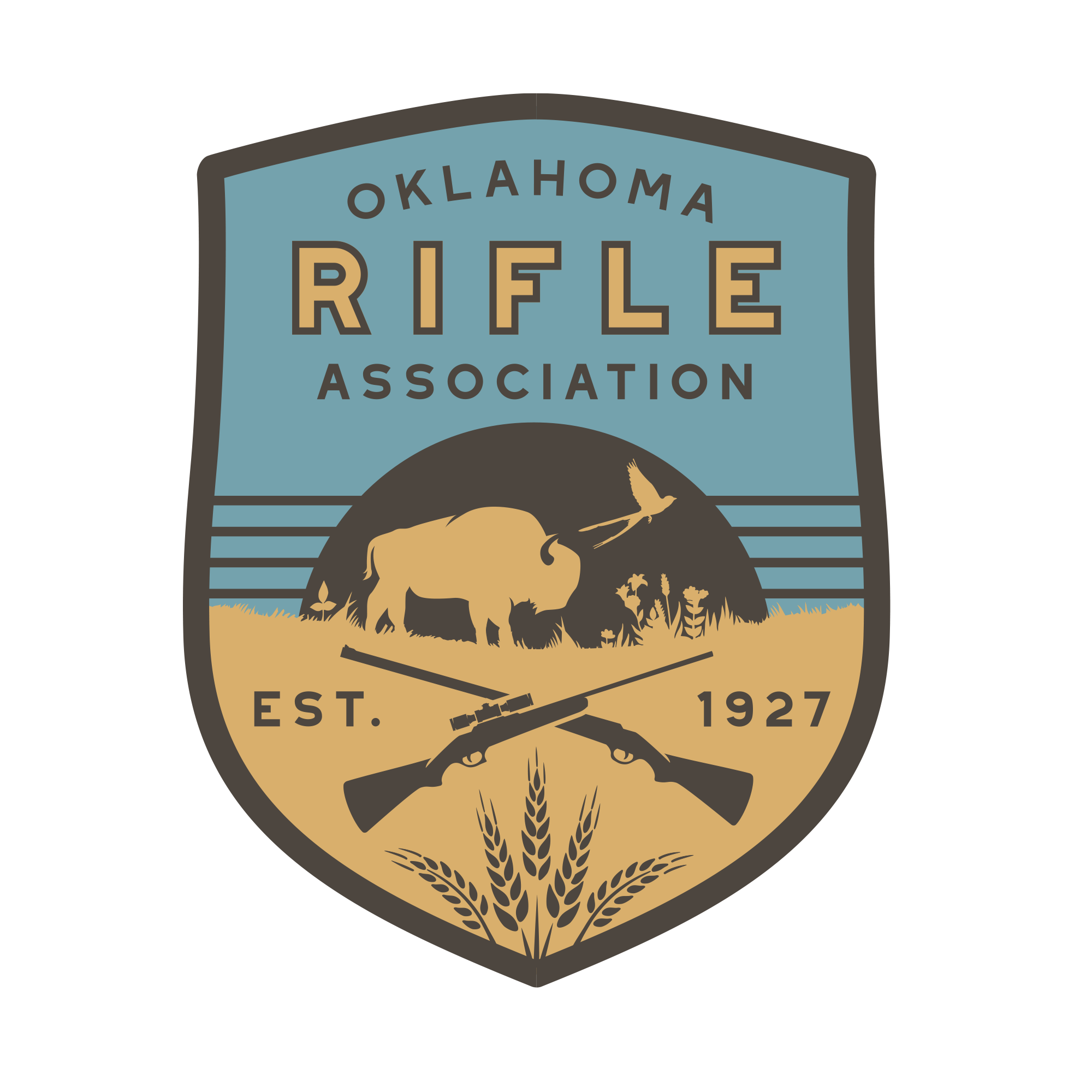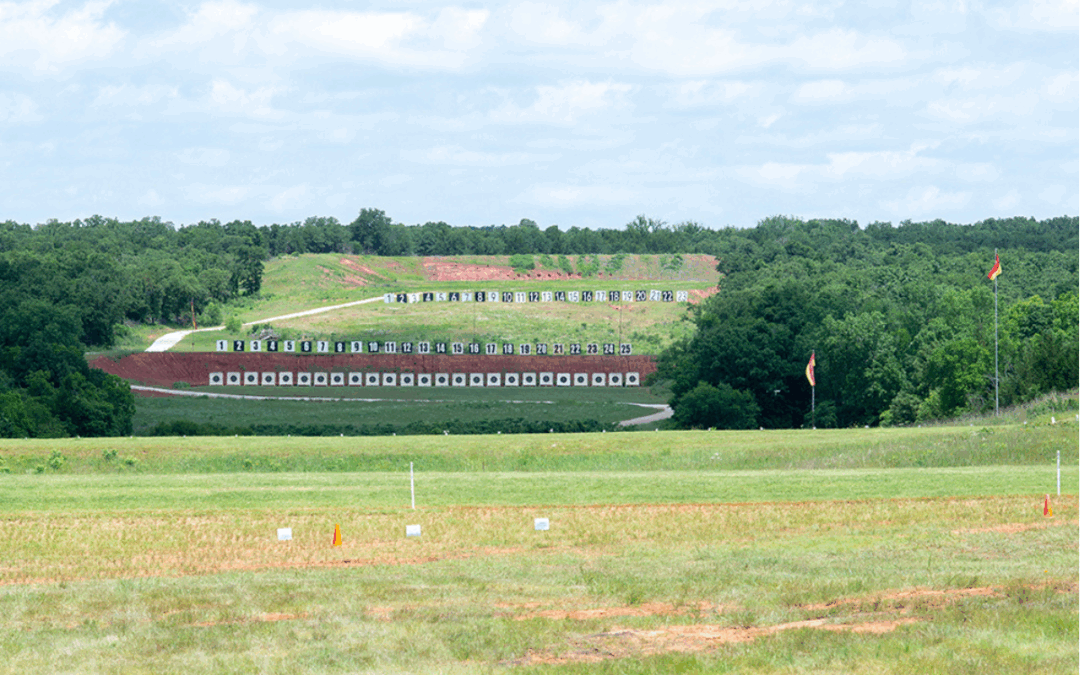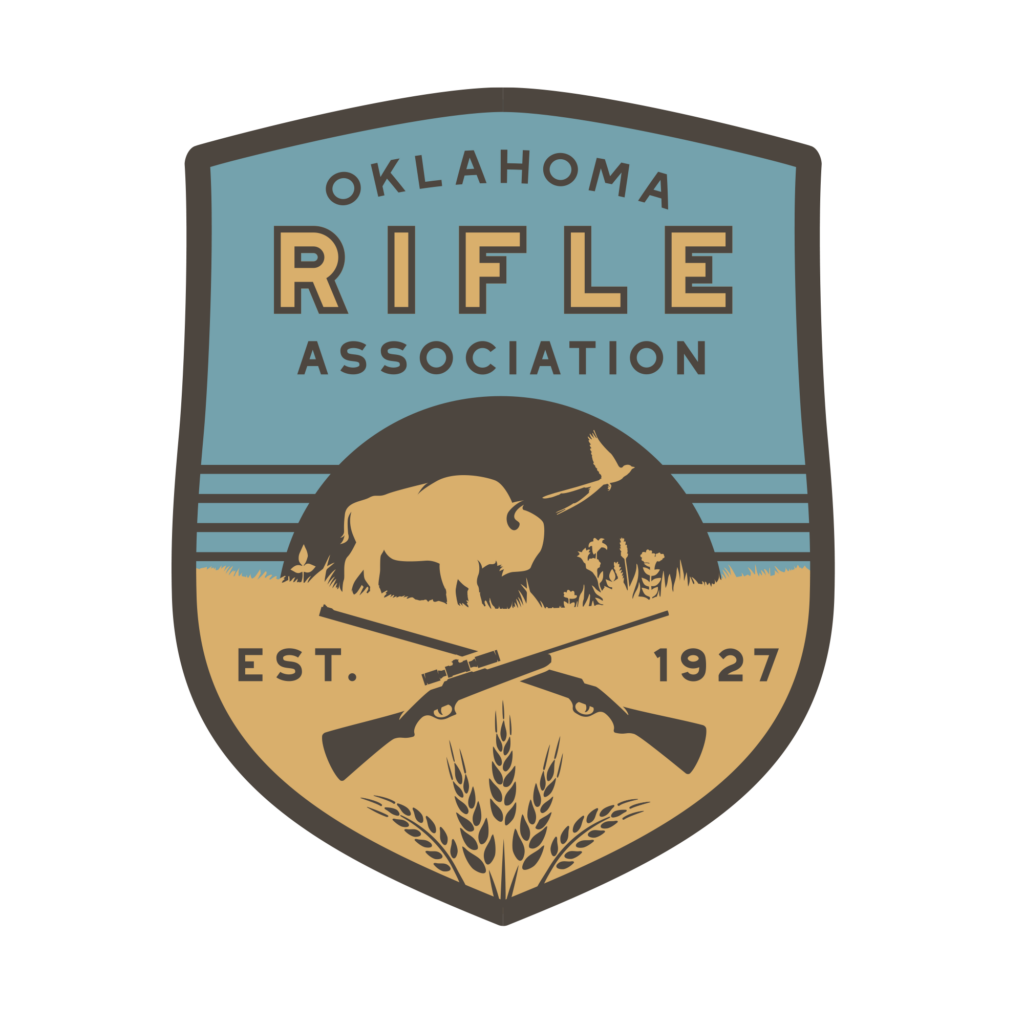Our National Rifle Association is the owner of multiple priceless pieces of art, mostly sculptures, which are our national trophies. One of which, for the next three years will make its home at the Oklahoma City Gun Club. This year the match was in early June after which the Patriot Minuteman Trophy was presented to the Oklahoma City Gun Club’s own, Tanner Burrows, who earned the title of 2025 National High Power Rifle Mid-range Champion. The NRA made the decision to decentralize our National Matches this year to bolster attendance, and the Oklahoma City Gun Club was lucky enough to be selected to conduct the NRA Prone Mid-range Matches.
So, what’s Mid-Range Prone all about? Mid-range Prone is a High Power Rifle discipline shot in the prone position (laying down) at distances of 300, 500 and 600 yards. In contrast, Long Range is shot at distances from 800 to 1200 yards. In both disciplines, competitors are limited to the aid of a shooting jacket and sling for support, so rifle rests and bipods aren’t allowed. Any bolt action or gas operated rife not exceeding .35 caliber is authorized. Many shooters opt for telescopic sights while others use open sights. The bigger calibers are generally not used because muzzle breaks are not authorized, and repeated heavy recoil is a factor in a competitor’s ability to shoot well.
Before the advent of electronic targets, a relay of competitors would go to an area downrange below the line of sight called the pits or butts to “pull targets” for the firing relay, meaning they would physically pull the target down, find the bullet hole, mark it with a spotter disc, then run the target back up so, using spotting scopes, the shooter and scorekeeper could annotate a score card. The shooter would then make a sight adjustment based upon the strike of his last round or changing conditions (wind and light), and fire again. The OKCGC’s High Power Division started using electronic targets about 5 years ago, so rather than having a relay in the butts pulling targets, shots are spotted using a smart device (iPhone, iPad, tablet, etc.) which displays the triangulated location of the bullet’s sound signature as it passes through an array of microphones. Some competitors miss the fellowship of pit duty, but this seems to be the way of our high-tech future.
Mid-range prone matches are all “Slow Fired.” During slow fire strings, only one round of ammo is loaded at a time, and the target is marked after each shot, allowing shooters to make adjustments to the sights as the string is fired. Each string of fire includes two sighting shots, or practice shots plus twenty shots for record in a time limit of twenty-two minutes. While one competitor is shooting, another competitor on a different firing relay keeps score. When the shooters on the first relay have finished their strings of fire, the second relay shoots while the first relay scores (in the case of only two relays). Once all relays have completed their strings of fire at a given yard line, everyone moves back to the next distance for subsequent strings of fire.
The course of fire for the first three day’s 12 individual matches consists of 20 shot strings of fire. Two matches will be fired at 300 yards, two at 500 yards and eight strings at 600 yards for a possible score of 2400 points. Team matches consist of 4 shooters firing 20 rounds each at 300, 500 and 600 yards for a possible team score of 2400 points. All matches include two sighting shots each. In the team matches, teams may use a “wind coach,” or coach each other to evaluate condition requirements, and make sight changes for the firing members of the teams. There is no coaching allowed individual matches.
If you would like to find out more about the high power disciplines, contact the nearest ORA affiliated club near you. If they don’t have a program, look to the Oklahoma City Gun Club, Tulsa Red Castle Gun Club, the Ada Rifle and Pistol Club, or the Southern Oklahoma Sportsman Club in Davis. These clubs all have either full courses of fire, or reduced distance programs in the various disciplines.
Curtis Bohlman
Competitions Director,
Oklahoma Rifle Association




